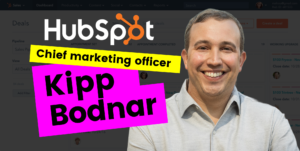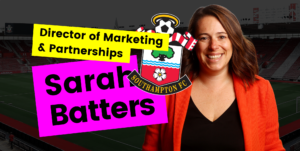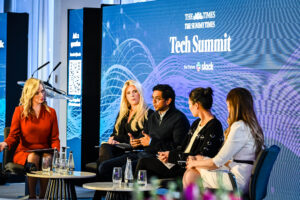When it comes to sparkling wine, UK producers have always played second fiddle on the global stage. But Mark Harvey is changing all that.
As chief marketing officer at leading English vineyard Chapel Down, Harvey has been seeing sales grow, prompting the company to raise money to ramp up production.
In this interview, he tells me how Chapel Down will invest in tradition-defying ads targeting a new generation of wine buyer.
https://www.youtube.com/watch?v=3n7jaESIDvg
1. Building awareness
DC: How are you using marketing and advertising to change perception of English wine?
MH: "In the last 10 to 15 years, there's been a real sea change as people ... have realised that the traditional-method sparkling wines we produce in the south-east of England really can go toe-to-toe with champagne.
"Chapel Down is the biggest player in English wine but still only has 20% awareness within UK sparkling wine drinkers ... We have to really move from what's been predominantly word-of-mouth and strong advocacy through the inner circle of the industry, to drive awareness."
We’re thrilled to announce that we’ve extended our partnership as ‘Official Sparkling Wine Partner’ of the Oxford and Cambridge Boat Race. This year’s race, which takes place on the 3rd April, will see the winners celebrating their victory with Chapel Down sparkling wine. pic.twitter.com/Nc4BQ9wRVF
— Chapel Down (@ChapelDownWines) January 28, 2022
2. Sponsoring British moments
DC: What's working best at the moment?
MH: "We partner the Oxford Cambridge boat race, Ascot, the Royal Opera House, London Symphony Orchestra and the Donmar, to name a few.
"We are working with these partners to get the noise out there and leverage their audiences ...
"With the Oxford Cambridge boat race, the coverage through the BBC ... the moment of Chapel Down wines being sprayed at the celebration on the podium - those are reaching 10 million people at that spike of coverage each year. So that's a really strong awareness driver for us."
https://theboatrace.org/news/the-boat-race-partners-with-chapel-down-as-official-celebration-partner
3. Ads for a new demographic
DC: What does advertising mean to sparkling wine and the luxury sector these days?
MH: "As we go into this next phase ... it'll form part of our marketing mix.
"There's a really exciting opportunity ... There's lots of well-executed campaigns (that are) very aspirational, clearly parked in the luxury and premium space, but they seem to be very similar in terms of messaging.
"There's just a wide-open opportunity to communicate in a slightly different way that talks directly to ... a younger demographic ... There is an important role for advertising as we build awareness and affinity of the brand ... and get cut-through."
Introducing the new Chapel Down Explorer Experience. Enjoy a behind-the-scenes tour of the winery, followed by a tutored tasting of three of our award-winning sparkling wines. Followed by a light lunch of seasonal small plates at the @swanchapeldown.
-https://t.co/juoLPpssqI pic.twitter.com/NKS6gSCqcG— Chapel Down (@ChapelDownWines) January 26, 2022
4. Integrating agency support
DC: How do you work with marketing agencies? What do you look for in them?
MH: "We are working with a roster of agencies ... W Communications on the consumer PR side, Maitland on the corporate PR side and from an assets development we're working with an agency called Hue & Cry ... Each of these in their sort of respective area is really helping us move up to the next level.
"Hue & Cry on the creative work have been superb. They are doing some great work with Hennessy, Bacardi and a number of others.
"It's the early phase, but we'll get into a rhythm of regrouping once a month with those three agencies and the internal team, just to make sure that the plan is fully joined up and coherent."
Our vine lease scheme offers the chance to get involved with harvesting the Bacchus grapes at our home in Tenterden and much more besides. There are a variety of leasing options available, and each includes a number of exclusive benefits.
-https://t.co/A4eJ3cQJRU pic.twitter.com/oLo6Koj1i2— Chapel Down (@ChapelDownWines) January 12, 2022
5. Investing as a D2C brand
DC: How is direct-to-consumer retail changing your marketing strategy?
MH: "That really is a flourishing side of our business. Pre-COVID, about 4% of our overall sales was through the website and that's now over 20%.
"There's a lot of work that we're doing with our partner media agency on that side, Smithfield, to grow that side of the business, both in terms of new and returning customers. We have a whole media programme through the year, through display ad copy and then through of various social media channels.
"It's a really interesting one, because we're able to sit down with them on a monthly basis and review and refine as we go. It's fairly new to us as a company. The performance of that spend has kind has kind of improved quarter on quarter."
6. Growth in a changing market
DC: Alcohol consumption has been declining in some demographics. What will that mean for alcohol marketers?
MH: "It's clear that low- and no-alcohol has exploded in recent years ... it's clear that that trend is here to stay ... There's generally a trend of consumers drinking less, but drinking better ... it's the standard and value categories that tend to be contracting. As you move up into the premium and super-premium price tier, there is relatively strong growth ...
"There are good reasons to be drinking English wine if you are trying to control alcohol consumption. Because of the cooler climate, there tend to be a lower ABV ... I can just see lots of headroom and lots of growth."

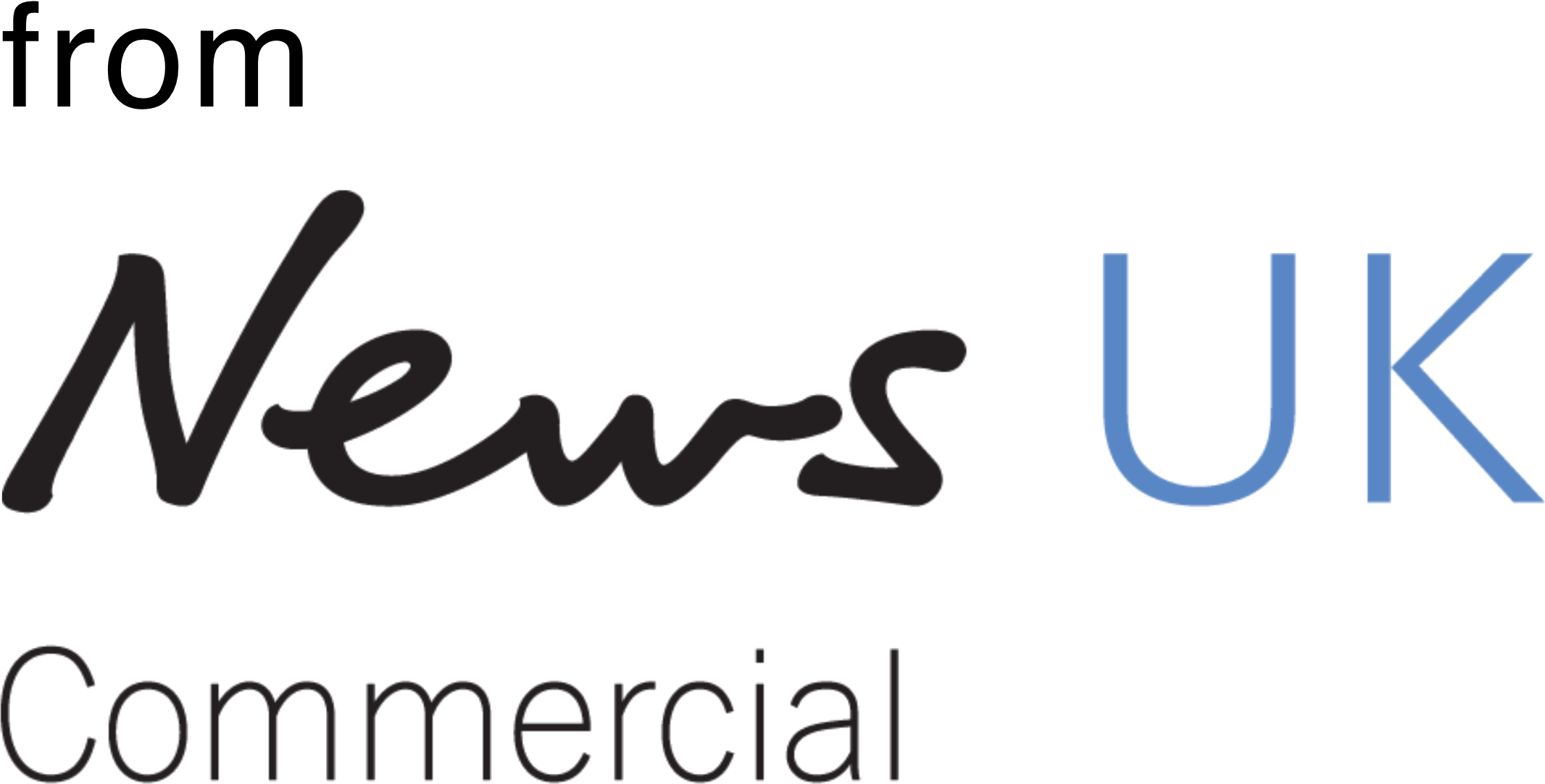
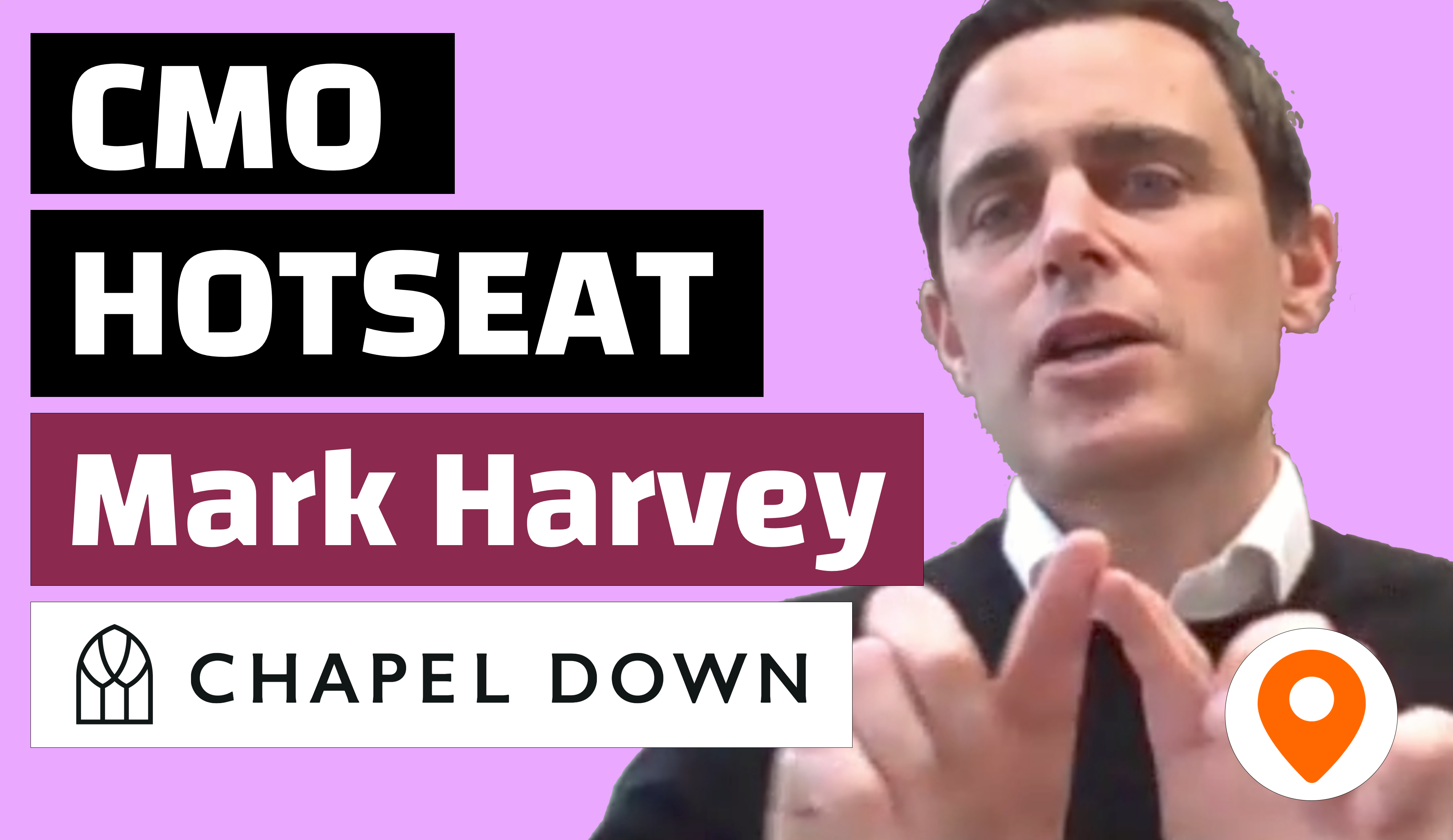
 News UK
News UK 

